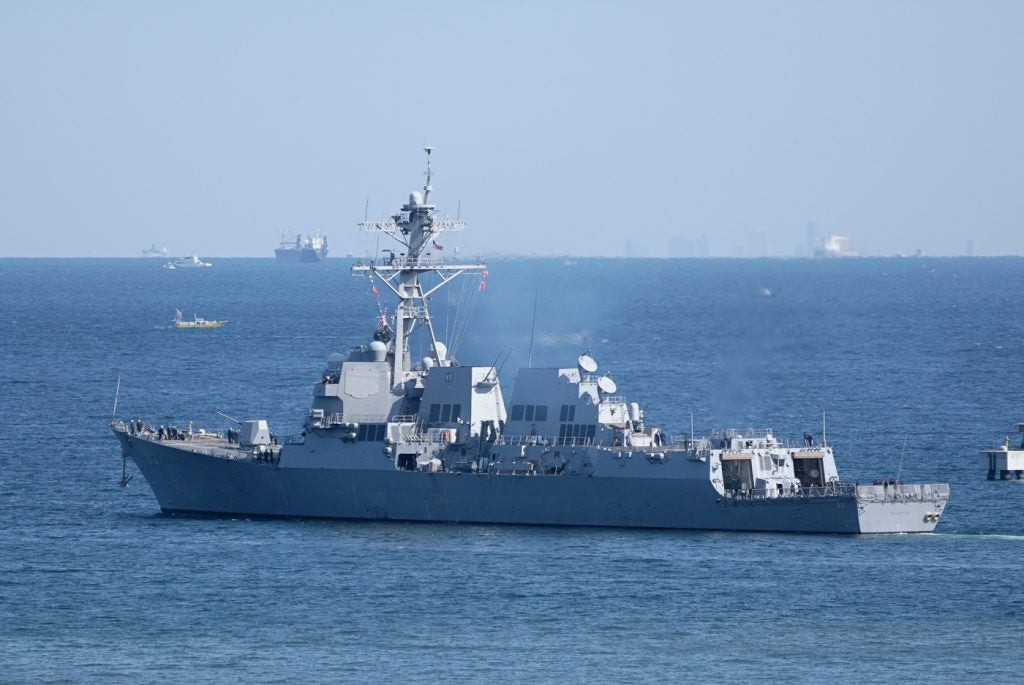The Aegis Combat System was successfully used for the first time against multiple anti-ship cruise missiles and ballistic missile defence targets as part of the Vigilant Wyvern Integrated Air and Missile Defence test, the US Navy Program Executive Office Integrated Warfare Systems and the Missile Defense Agency (MDA) announced on 25 October.
The live-fire raid scenario mounted from the Pacific Missile Range Facility in Kauai, Hawaii, under the US Indo-Pacific Command Area of Responsibility, showcased a concurrent Ballistic Missile Defence and Anti-Air Warfare raid. Vigilant Wyvern marked a notable milestone in development and provided evidence that ships equipped with the Aegis Combat System can defend against numerous threats simultaneously.
“The success of this joint test represents a critical step in defending against multiple targets in a realistic raid scenario,” said RDML Douglas Williams, MDA Acting Director. “The Aegis weapon system successfully defeated multiple concurrent attacks, showcasing the incredible versatility of both this system and the crew of the USS Carl M. Levin. My congratulations to the entire test team in achieving this milestone.”
Vigilant Wyvern showcased the impressive capabilities of a ballistic missile defence-configured Aegis ship aboard the USS Carl M. Levin and a Arleigh Burke-class destroyer. The vessel successfully detected, tracked, engaged and intercepted two short-range ballistic missile targets. Additionally, it demonstrated its ability to engage two subsonic anti-ship cruise missile drone targets, showcasing its Anti-Air Warfare (AAW) capabilities.
“The success of Vigilant Wyvern is a huge milestone,” said RDML Seiko Okano, Program Executive Officer Integrated Warfare Systems. “The Navy and MDA successfully demonstrated the tremendous capability of Aegis ships defending against an IAMD raid scenario. This test event is the first of its kind and an excellent example of collaboration between organizations, further progressing a unified mission to increase capability. Congratulations to the joint test team and the ship’s crew for an excellent event.”
As the Aegis Combat System Engineering Agent, Lockheed Martin engineers developed the latest common source library update for the Aegis Combat System computer programme.
“This is another step forward in proving capabilities in an operationally realistic scenario, which is crucial in outpacing evolving threats and staying ahead of the adversary,” said Joe DePietro, vice-president and general manager at Lockheed Martin. “Using this Integrated Air and Missile Defense foundation, the Aegis Combat System will continue to expand its capabilities to address today’s and tomorrow’s most challenging ballistic and hypersonic threats and raids.”
A statement from Lockheed Martin indicated that development of the Aegis Combat System is in the process of integrating a family of solid-state radars, which introduces an interesting technical challenge, as while solid-state radars are known for being able to work more efficiently with less power, they have a lower peak power, which leads to a loss of radar sensitivity.









